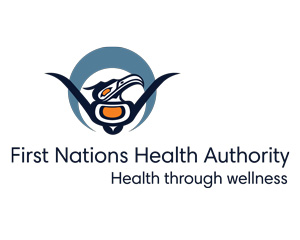1. Sexqeltqín - Adams Lake
2. St'uxwtéws - Bonaparte
3. Tsq'éscen - Canim Lake
4. Esk'étemc – Alkali Lake
5. Llenllenéy'ten – High Bar
6. Qw7ewt – Little Shuswap Lake
7. Sk'atsin - Neskonlith
8. Stswécem'c/Xgét'tem' -Canoe/Dog Creek
9. Kenpésq't - Shuswap 10. Simpcw - North Thompson
11. Skítsesten - Skeetchestn
12. Splats'in - Spallumcheen
13. Tk'emlúps - Kamloops
14. Ts'kw'aylaxw - Pavilion
15. Stil'qw/Pelltíq't – Whispering Pines/Clinton
16. T'éxel'c – Williams Lake
17. Xats'úll – Soda Creek
The Secwepemc, more commonly known as the Shuswap, are comprised of 17 Bands located over approximately 18% of the total area of British Columbia. Their lands, Secwepemcúl'ecw, are geographically located in the South Central Interior of the Province. The Secwepemc, in terms of land base and population, are one of the largest Indigenous people in BC. Their lands cover over 180,000 km2 . The traditional Secwepemc were a semi-nomadic people, living during the winter in warm semiunderground "pit-houses" and during the summer in mat lodges made of reeds. The traditional Secwepemc economy was based on fishing, hunting and trading. Secwepemc diet consisted of fish, meat, berries and roots. Many Secwepemc people still depend on these subsistence food gathering activities to meet their basic needs while also participating in the broader economy.

